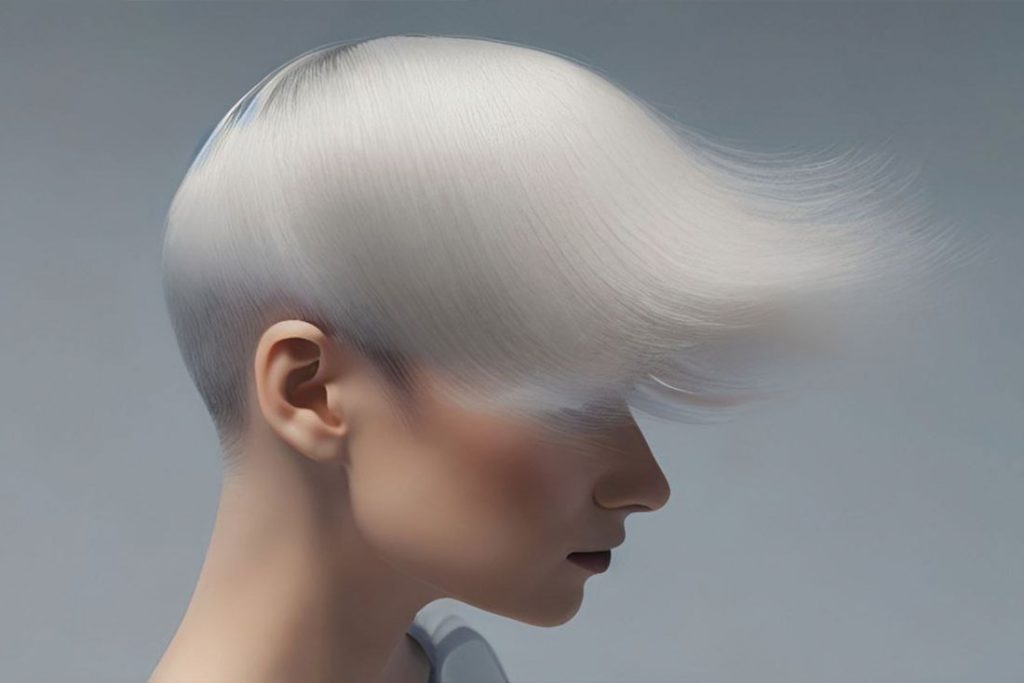Understanding and Managing Hair Disorders: A Comprehensive Guide for Cosmetologists
Cosmetologists serve as more than just beauty experts; they are often the first line of observation for various hair disorders that may otherwise go unnoticed. By understanding these conditions, cosmetologists can provide invaluable advice to their clients, guiding them toward appropriate medical intervention when necessary. This article aims to delve into common hair disorders that cosmetologists may encounter in practice, such as canities, ringed hair, hirsuties, hypertrichosis, trichoptilosis, trichorrhexis nodosa, monilethrix, and fragilitas crinium.

Disorders Explored
Canities
Commonly known as gray hair, canities is usually related to aging but can also be influenced by genetics, stress, and other factors. As a cosmetologist, you can offer dyeing services and recommend color maintenance products. However, it’s essential to ask if the client has experienced sudden graying, as it might indicate underlying health issues requiring medical consultation.
Ringed Hair
This disorder is characterized by bands of different pigmentation along the hair shaft. While generally benign, it could be linked to genetic or autoimmune disorders. While cosmetologists cannot treat the root cause, they can recommend color treatments that might mask the appearance.
Hirsuties
Also known as hirsutism, this condition involves excessive male-pattern hair growth in women and is usually the result of hormonal imbalances. Treatment typically involves hair removal techniques or hormonal therapies prescribed by a healthcare provider. Cosmetologists can offer temporary solutions like waxing or threading but should advise the client to consult with a medical professional for diagnosis and treatment.
Hypertrichosis
This disorder involves excessive hair growth over the body, which may be congenital or acquired. As a cosmetologist, you can offer hair removal services, but this is a temporary solution. A referral to a healthcare provider is strongly advised for diagnosis and long-term management.
Trichoptilosis
Also known as split ends, this condition is typically the result of mechanical stress or damage. While not a medical issue, cosmetologists can provide valuable guidance on preventing split ends through proper hair care techniques and products.
Trichorrhexis Nodosa
Characterized by weak points or nodes in the hair shaft, this disorder can lead to hair breakage. Cosmetologists can recommend fortifying hair treatments, but if the condition persists, a consultation with a dermatologist may be necessary.
Monilethrix
A rare inherited disorder, monilethrix causes hair to be brittle and have a beaded appearance. Cosmetologists should not attempt to treat this condition and should instead refer the client to a healthcare provider for diagnosis and treatment.
Fragilitas Crinium
Known as brittle hair, this condition can result from a variety of factors, including environmental exposure and dietary deficiencies. Cosmetologists can recommend strengthening shampoos, conditioners, and treatments.
The Role of the Cosmetologist: Guidelines and Best Practices
- Observation and Consultation: During the initial consultation, observe the client’s hair and scalp closely to identify any unusual characteristics.
- Recommendations Within Scope: Offer advice and product recommendations that align with your expertise.
- When to Refer: Understand that your role is not to diagnose or treat medical conditions. Always refer clients to appropriate healthcare professionals for definitive diagnosis and treatment options.
- Continued Learning: Stay updated on emerging research and treatments related to hair disorders to serve your clients better.
Conclusion
Cosmetologists are in a unique position to observe and flag hair disorders early on, offering a first line of advice and referral to medical professionals. While cosmetologists should not act as a substitute for medical advice or treatment, their observations and preliminary recommendations can be invaluable. By understanding these common hair disorders, you can help guide your clients to the appropriate next steps, whether that involves medical intervention, lifestyle changes, or simply adopting a new hair care routine.






